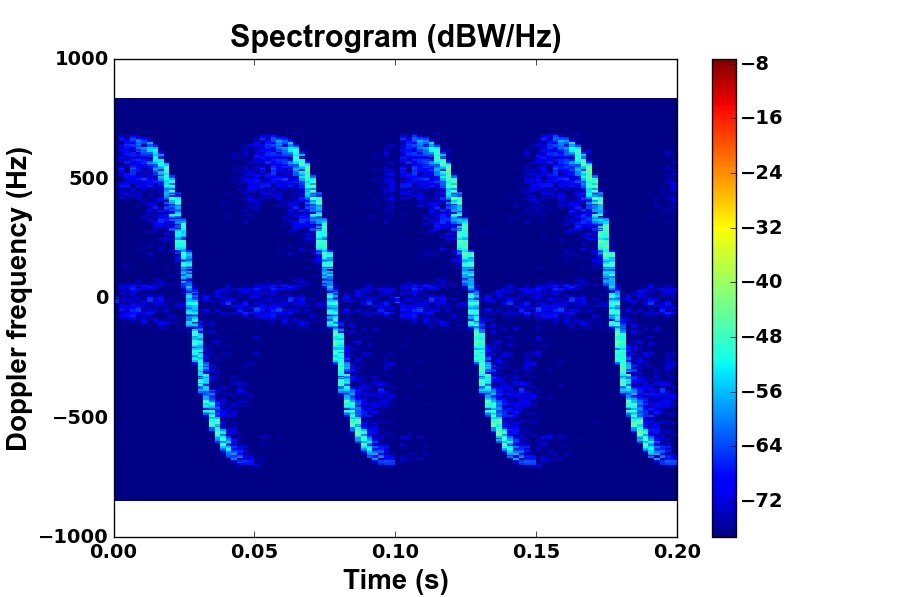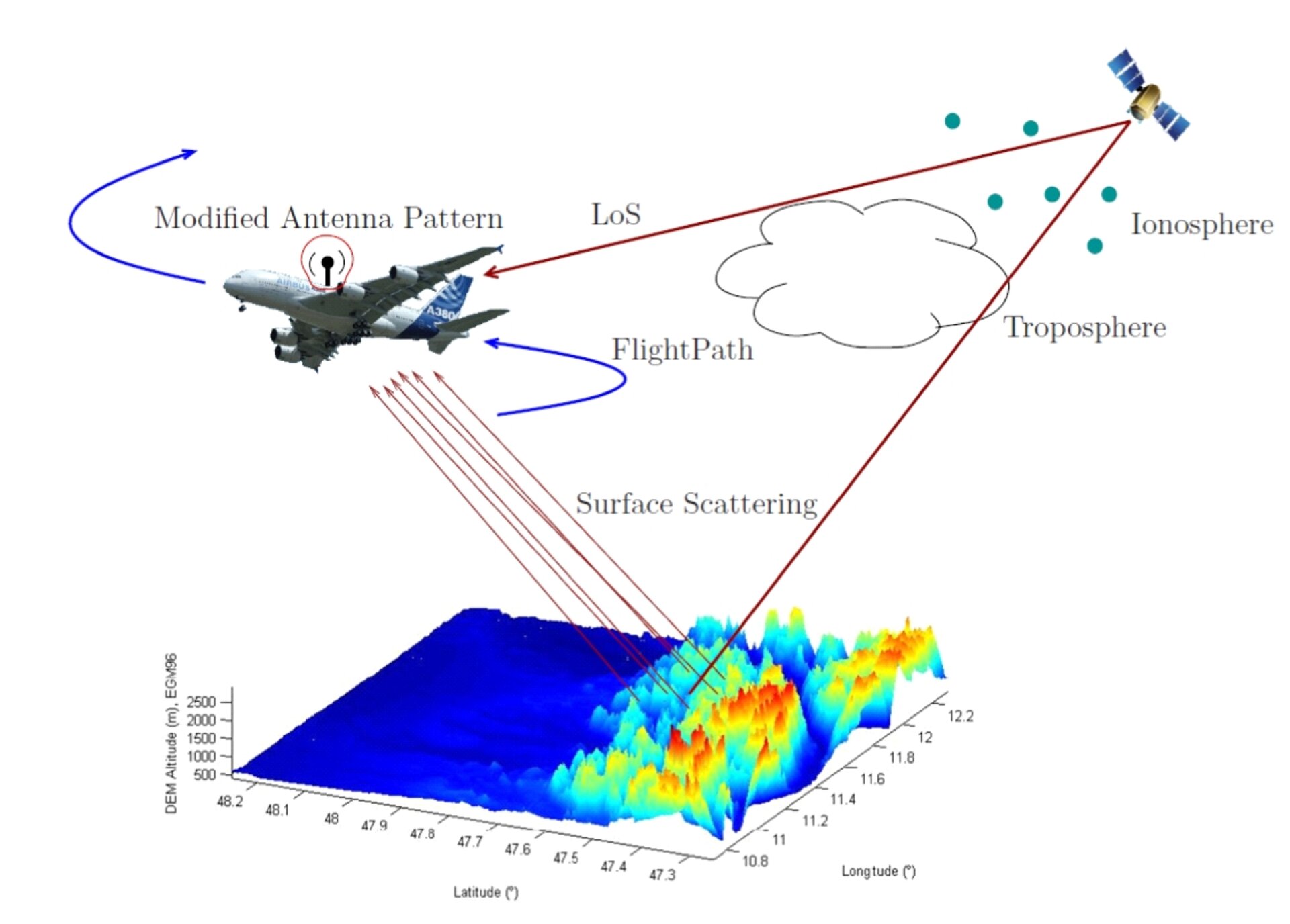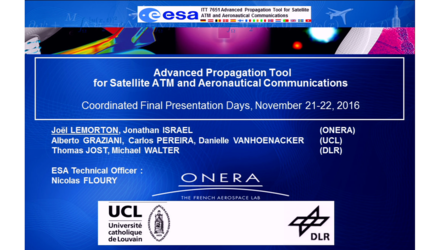Advanced Propagation Tool for Satellite Air Traffic Management and aeronautical communications
| Programme: | TRP Workplan | Achieved TRL: | 3 |
| Reference: | T507-014EE | Closure: | 2016 |
| Contractor(s): | ONERA (FR), DLR (DE), Un. Louvain (BE) | ||
For aeronautical mobile satellite communications, channel models need to address a combination of effects that are highly variable both in space (within the coverage area) and time. In addition to the dynamics of the aircraft and the resulting changes in link geometry and multipath conditions, models have to handle an environment (atmosphere, land and sea surface conditions, topography, etc. …) that fluctuates with very different time scales for each of its components. A physical modelling approach is hence key to understand the different contributions and their impact on the radio link.

Objectives
The purpose of this study is to develop a software tool for propagation analysis (statistics and time series) of satellite to aeronautical (and nautical) communications. Based on a physical approach, it aims at being valid from VHF to Ka-band for a broad range of configurations.
Achievements
A physical propagation model is implemented in software. It includes both the line of sight component, impacted by the ionosphere and the troposphere, and possibly by specular and/or diffuse scattering from the aircraft fuselage or the ship hull, as well as a surface scattering component. The model accommodates atmospheric dynamics, geometry changes due to aircraft flight, dynamics of elements in the fuselage (e.g. rotorcraft), time-variation of the ground specular point conditions, and dynamics of the ground contribution. It is able to simulate narrow-band and wide-band components of the received signal.
Benefits
Simulation tool that can support system design, end-to-end performance assessment as well as the test of coding techniques.
Further activities
Perform validation w.r.t. experimental data collected in other studies.
Pictures
The pictures show simulations of antenna patterns of a L-band Inmarsat antenna on an helicopter in different planes as a function of the position of the rotorblades.





